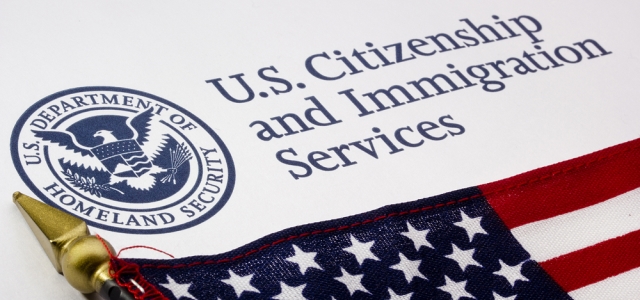Earlier this month, the immigration agencies took a positive step forward in implementing the executive action promise to reform the visa system when they issued the October Visa Bulletin, informing the public about who would be eligible to apply for lawful permanent resident status in October. But now the agencies have stepped back from that progress, shattering the dreams of thousands of noncitizens who had expected to submit their applications for adjustment of status (i.e., for lawful permanent resident status) in October.
Because the demand for immigrant visas exceeds the annual and per country limits, many noncitizens have to wait for months and often years to apply. The Department of State’s (DOS) monthly Visa Bulletin lets people know where they are in the queue. On September 9, the Department of State (DOS) issued the October Visa Bulletin, which contained a new “Dates for Filing” chart. This chart was based on USCIS’s and DOS’ estimates of the number of immigrant visas that would be available for those eligible to file in October by the time the agencies adjudicated those applications. For the first time, people could get started on the permanent resident process while they continued to advance in the visa queue. Starting the application process also carries ancillary benefits, namely that they can apply for employment authorization and travel documents and begin accruing time toward eligibility for job changes.
Then on September 25, DOS published a replacement October Visa Bulletin, which changed the “Dates for Filing” for several categories. This change drastically reduced the number of applicants who would be eligible to file in October. Beneficiaries of employment-based categories and their spouses and minor children are most severely impacted, since most family-based applicants apply for their visas abroad. Some attorneys have reported that the change means that the number of applications they intended to submit in October has been reduced by up to 90 percent.
The only explanation DOS offered was that after “consultations with the Department of Homeland Security” these dates were adjusted “to better reflect a timeframe justifying immediate action in the application process.” Apparently, USCIS had second thoughts about its estimates as to how many applications would be filed, and thus whether the applications could be processed quickly enough to be considered as having visa numbers “immediately available” when filed, with the end result being to shorten the time period between the priority dates eligible to file and the priority dates that could be adjudicated, in order to reduce the number of applications received. However, many attorneys with substantial immigration law experience maintain that USCIS’s revised estimates are an unwarranted overcorrection and will result in few applications being filed.
Prospective applicants and their attorneys are outraged. Many noncitizens have spent significant time and money to prepare their applications and made plans in expectation of becoming pending adjustment applicants in October. They have responded swiftly. The American Immigration Lawyers Association sent a letter to the Secretaries of State and DHS and to the Assistant to the President/Director of the Domestic Policy Council urging them to reinstate the initial Visa Bulletin. Several would-be applicants filed a class action lawsuit challenging the agencies’ actions.
Given how little the Administration has done to reform the visa system as promised in the November 2014 executive action announcements, USCIS’s abrupt pullback of this modest step towards visa modernization is raising concerns about its commitment to real reforms. More must be done to encourage workers to commit to the United States, which in turn benefits our communities and the economy as a whole.
Photo by Ray Smith.
FILED UNDER: American Immigration Lawyers Association, Department of State, executive action, featured, USCIS, Visas


